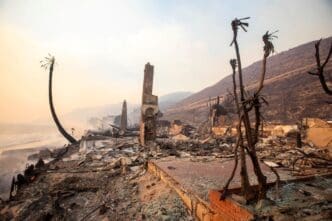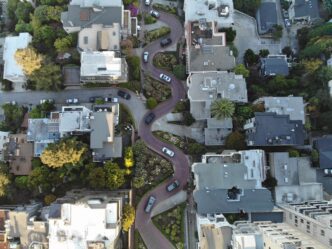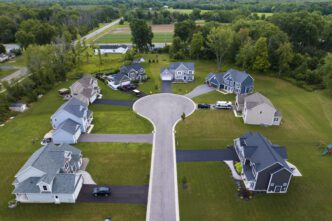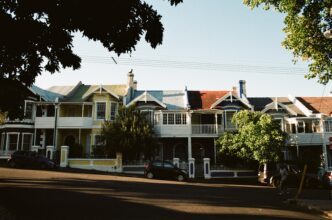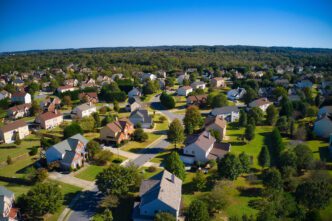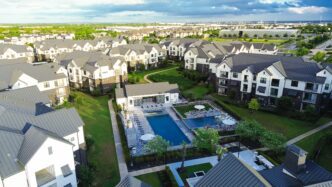Recently, property in Pacific Palisades, a neighborhood affected by the Palisades Fire, was sold for nearly $1.2 million, surpassing its asking price. This sale, followed by more property transactions in regions like Altadena, highlights a market trend where buyers are undeterred by the recent devastation caused by wildfires.
As Los Angeles prepares for upcoming global events such as the FIFA World Cup and the Summer Olympics, there is increasing pressure to rebuild quickly. However, experts like Char Miller, a professor of environmental analysis, argue for a more strategic approach. Miller suggests acquiring damaged properties in disaster-prone areas to create ‘buffer zones’, thereby minimizing future risks and costs associated with such natural disasters.
The California Department of Forestry and Fire Protection reported over 16,000 structures affected during the recent wildfires, marking it as one of the most expensive disasters in U.S. history. Proactive strategies like property buyouts could prevent further financial strain on government and taxpayers by reducing firefighting and relief expenditures. Currently, U.S. homeowners face escalating costs with disasters such as floods, hurricanes, and wildfires causing billion-dollar losses annually. Despite the potential benefits, federal support for such programs remains uncertain, as governmental priorities have skewed towards reducing costs rather than investing in climate change mitigation measures.
In California, the risk is compounded by urban sprawl, which places more homes at the wildland-urban interface, areas highly susceptible to wildfires. Since 1990, about 1.3 million homes have emerged in these zones. Shifting housing strategies to focus on urban expansion rather than outward development could mitigate fire risks, says Judson Boomhower, an economist at UC San Diego.
Despite concerns, the demand for real estate in high-risk areas persists. Richard Shulman, a real estate agent in Los Angeles, mentions that potential buyers interested in the recently listed burned lot did not express worries about future fire risks. This lack of concern suggests confidence in stricter building codes, which require new constructions to include fire-resistant materials and sprinkler systems.
Across California, increasing insurance premiums reflect the financial burden of constructing in disaster-prone areas. Economists like Penny Liao from Resources for the Future note that housing in risky locations impacts insurance availability and cost statewide. California’s FAIR plan, an insurer of last resort, plans to levy a $1 billion charge on insurance companies, possibly affecting homeowners statewide.
Proposals to rebuild using more resilient materials and methods are gaining traction, as shown by ongoing efforts in Los Angeles to ‘harden’ homes against fires. While building with fire-resistant components is encouraged, the urgency to reassess building efforts is clearer in flood-prone states, where repeated disasters underline the need for strategic relocation.
As Los Angeles continues to rebuild, the debate over maintaining growth versus securing safety intensifies. Buyers remain undeterred by fire risks, driven by demand and faith in improved safety standards. However, experts advocate for proactive measures to balance economic growth with environmental sustainability, highlighting the need for informed decision-making in the face of persistent natural disaster threats.

